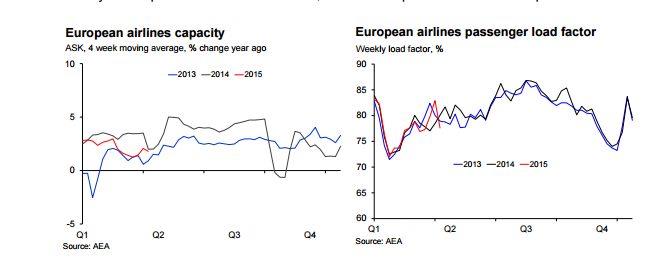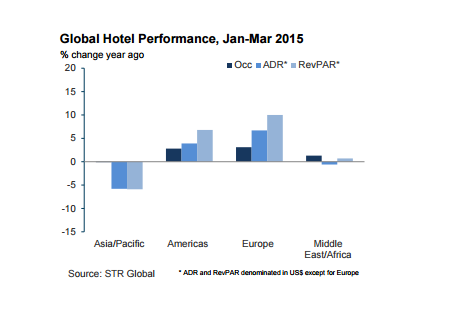The 2015 tourism season has shown that there are plenty of interesting trends within the European travel industry that need to be explored. Here are a few interesting looks into what is happening within the industry.
Trends 2015
The European Travel Commission found in its first quarter report for 2015 that the number of international tourist arrivals continues to experience a steady rate of growth. In particular, a four percent increase in arrivals into Europe has been spotted so far this year. It is a consistent total although it is also lagging behind the Middle East in terms of places people are interested in traveling to.
The United Kingdom, Germany and France continue to be the most prominent countries that people are visiting. However, there has been a growth of at least 20% in people visiting Iceland, Croatia and Montenegro.
Slovakia, Estonia and Finland were the only countries in Europe to have experienced declines in the number of foreign visitors. Finland’s total particularly went down by more than 20 percent.
2015 Tourism Performance Summary
Occupancy trends have been favorable throughout much of Europe as travelers are ignoring ongoing financial concerns in some parts of the continent. This can especially be seen with Greece as the number of visits to the country are growing in spite of concerns over that country’s economy. Greece had a 23 percent increase in international arrivals last year.
Skiing destinations like Switzerland and Austria have also experienced strong growths in their tourism numbers. This is a consistent and expected increase that has helped make the countries more popular in recent times.
Long-Term Forecasts
Inbound tourism in Europe is expected to grow by about three percent by 2017. The total for outbound tourism in the continent will move up to four percent by that same time. These are totals less than the 6 percent expected in Asia and the Pacific and the 5.7 percent in the Middle East.
2015 Air-Transport Stats
Air passenger travel in Europe has been wavering around a 70 to 80 percent weekly load factor with a 2 percent growth in capacity. The trend is relatively close to what has been found within the last two years.
European Hotel Performance: January – May 2015
All parts of Europe have seen their hotel occupancy rates either increase slightly or remain unchanged. A 3.1 percent increase in occupancy was found within all parts of Europe during the first half of the year. This is 0.3 percent higher than what was experienced in the Americas and nearly two whole percentage points greater than what Africa is experiencing. The revenue for each available room in Europe has increased by close to 10 percent as well.
Key Intra-European Markets 2015
Germany has proven to be prominent in terms of the most popular countries that people are traveling from. In particular, Iceland experienced an increase of 45.4 percent in terms of the number of German visitors coming in during the first 3 months of the year. Malta, Cyprus and Croatia also had increases of 25 percent or greater in German visitors.
Travelers from the Netherlands, France, Italy and the United Kingdom also helped to increase demand for travel around Europe. British travelers have particularly made Montenegro a popular destination with nearly double the travelers from the UK coming into Montenegro in 2015 when compared with the same time frame in 2014. Hungary and Iceland have also become noteworthy targets for British travelers.
Russia has struggled to bring in many tourists although this could be due to ongoing economic and political issues within the country. Montenegro and Romania were the only two countries that experienced an increase in the number of Russian tourists so far this year.
Key Outside Markets
The growing United States economy has helped the American tourism industry thrive in recent times with most markets growing in terms of the number of American tourists coming in. Central European countries like Romania, Hungary and Serbia have experienced strong increases in recent time.
The vastly growing Chinese market has also come into play within Europe. Seven countries in Europe, particularly Cyprus, Serbia and Spain, experienced a growth of 50 percent or higher in terms of Chinese tourists coming into their countries. More visitor nights are being spent by Chinese tourists as well.
Canada’s numbers have been tapering off due to the depreciation of the Canadian dollar. Spain and Serbia continue to see an increase of more than 50 percent in terms of visits and nights stayed in those countries by Canadian tourists.
Summary
Travel around Europe by people from within the country appears to be growing in popularity and has entailed many visits to countries around the central part of the continent. The German, British and French markets continue to dominate as well. Meanwhile, foreign markets like the United States and China have helped make tourism in Europe more popular although Canada could go either way in the future. Individual countries will have to explore what they will be doing in the future as global economies continue to evolve.
A quarterly insights report provided by European Travel Commission, May 2015





